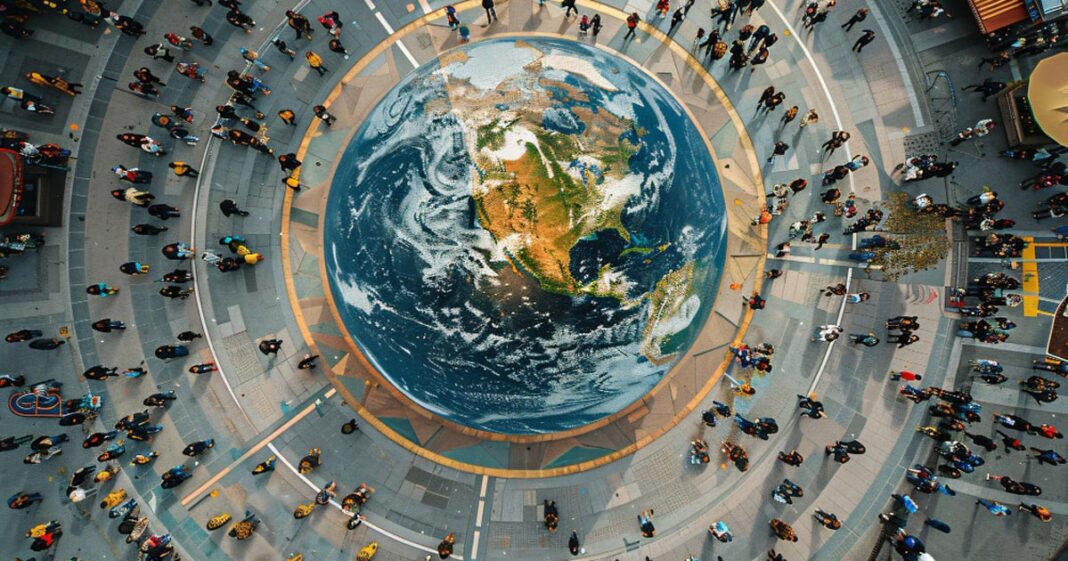
Introduction
The role of women in politics has evolved significantly over the past century, with increased representation in parliaments, cabinets, and leadership roles worldwide. However, despite progress, gender inequality remains a barrier, and women still face challenges in attaining and maintaining political power. What has been achieved so far, and what hurdles remain in the fight for gender equality in governance?
Historical Milestones in Women’s Political Participation
Women’s entry into politics has been a long and hard-fought struggle. Key milestones include:
– 1893 – New Zealand became the first country to grant women the right to vote.
– 1919 – The United States ratified the 19th Amendment, allowing women to vote.
– 1960 – Sirimavo Bandaranaike of Sri Lanka became the world’s first female prime minister.
– 1979 – Margaret Thatcher became the UK’s first female prime minister, breaking barriers in European politics.
– 2021 – Kamala Harris became the first female Vice President of the United States.
Current State of Women in Politics
Globally, women hold around **26.7% of parliamentary seats** and only **11% of heads of state** positions. While some nations have achieved gender parity, others lag far behind. Countries leading in female representation include:
– Rwanda – Over 60% of parliamentary seats are held by women.
– New Zealand and Finland – Both have strong female leadership in key government roles.
– Germany– Angela Merkel served as Chancellor for 16 years, shaping global politics.
Challenges Women Face in Politics
Despite progress, women continue to encounter significant obstacles:
1. Gender Bias and Stereotypes
Women in politics often face scrutiny over their appearance, emotions, and leadership style—challenges rarely faced by their male counterparts.
2. Underrepresentation in Leadership Roles
Even in countries with high female participation in politics, women are often underrepresented in top decision-making positions.
3. Political Violence and Harassment
Women in politics frequently endure online abuse, threats, and even physical violence, discouraging many from pursuing political careers.
4. Unequal Access to Campaign Funding
Men typically receive more financial and institutional support, making it harder for women to run effective political campaigns.
Strategies to Increase Women’s Political Participation
Several measures can help close the gender gap in politics:
– Gender Quotas: Many countries have adopted legislative quotas to ensure female representation in parliament.
– Mentorship and Leadership Training: Programs that equip women with skills and networks can help them enter and succeed in politics.
– Addressing Political Violence: Governments and social media platforms must take stronger action against harassment and violence targeting women in politics.
– Encouraging Voter Support: Raising awareness about gender biases and supporting female candidates can create a more inclusive political landscape.
The Future of Women in Politics
The growing number of women in political leadership suggests a promising future, but structural changes are still needed. As movements like MeToo and women’s empowerment initiatives gain momentum, the fight for gender equality in politics continues.
Conclusion
Women have made remarkable strides in political participation, yet challenges persist. Achieving gender equality in governance requires systemic reforms, cultural shifts, and continued advocacy. The question remains: Will the 21st century witness full gender parity in politics, or will barriers continue to hold women back from leadership roles?





